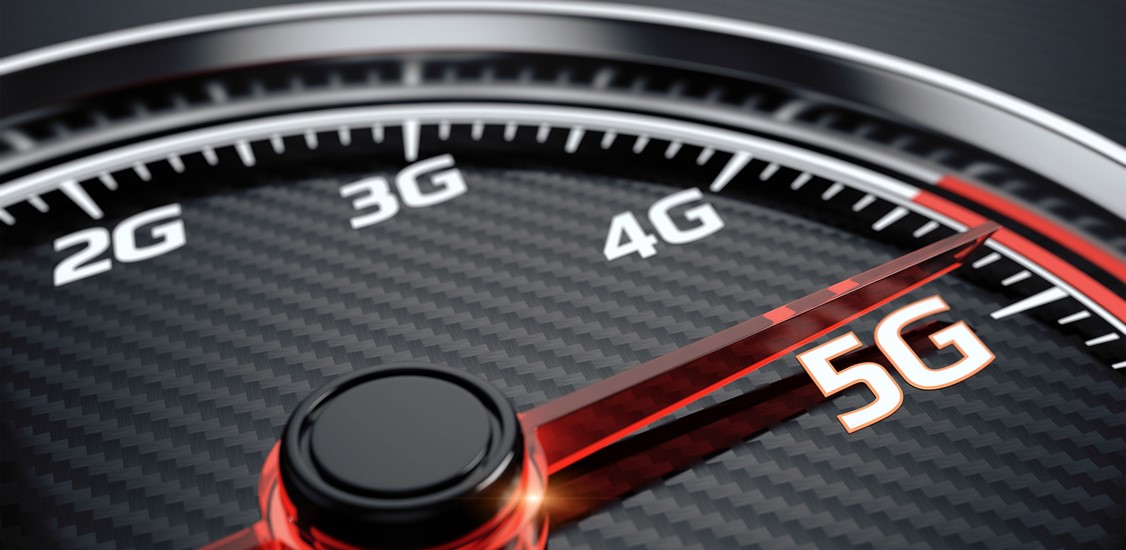The promise of 5G is huge. It is going to deliver an enhanced mobile broadband service; imagine downloading a HD movie in seconds, ultra-low latency communication and broadband available everywhere. The technology is designed and intended to support a massive increase in connected endpoints and this will inevitably be the foundation of the smart cities of the future. The speed and connectivity benefits of this technology will generate as yet unimagined new services and capabilities, yet before any of this happens, service providers must efficiently manage the transition.
Currently the most visible part of the global 5G rollouts are the 5G radio access networks (RANs) being deployed by Communications Service Providers (CSPs). However, the existing 4G core network is required to carry 5G traffic while the software defined 5G core is being developed. It is this deluge of 5G data on a network not designed for managing it that is already causing a headache for CSPs. Operators are therefore searching for ways to efficiently and effectively monitor performance, Quality of Experience (QoE) and security for their services and subscribers, as well as identifying and monetising new applications or services.
Avoiding unbudgeted spend
To ensure accurate and cost-effective analytics from their infrastructure, CSPs are dependent on two critical components:
-
The ability to correlate traffic flows on a per subscriber, user device, RAN or network slice basis
- Visibility across all segments of the mobile network
Given the rate of increase in the volume of information crossing a service provider’s network, alongside the expected explosion in the number of different connected devices, the tooling and infrastructure will be unable to scale accordingly. For example, some service providers are already seeing a dramatic rise in unbudgeted spend on network probes as they try and monitor the massive increase in data traffic to prevent and diagnose performance issues and maintain customer experience. CSPs are attempting to resolve the issue by simply implementing more probes, driving costs significantly higher than budgeted spend. Yet, this approach is not sustainable and an alternative must be considered for affordable and effective network monitoring during the 4G to 5G transition.
Optimising with visibility
The composition of traffic that is going to be generated by the rollout of 5G needs to be treated differently depending on what kind of device it has originated from. Unsurprisingly, remote surgery over 5G would require a different performance and security from the network than a simple connected streetlight. One component of the approach being developed is the correlation of data both control plane (the network) and user plane (the customer). This involves the mobile operator installing a monitoring policy within its existing network visibility layer that will intelligently deliver subscriber and the network health traffic to specific tools. This concept can optimise current tool infrastructure investments by forwarding only the relevant data to each tool, while also increasing visibility into the subscriber experience helping improve QoE, performance and network security.
The level of investment that is being made in the rollout of 5G requires CSPs to squeeze as much life out of the current tooling and monitoring investment, utilising visibility and optimisation to achieve this while at the same time expanding capabilities. The correlation of user plane and control plane data will marry the data together to provide further efficiency and effectiveness to the tooling. Ultimately this is more than tool optimisation, but it helps form the foundation for a best in class, modern subscriber-aware visibility platform for the emerging 5G network. Operators will gain a much deeper insight into their networks and allow them to optimise per subscriber monitoring costs as well as offer new services that will help drive down Average Cost Per User (ACPU).
Concluding thoughts
Service providers must act now to help their networks manage the transition from 4G to 5G. Existing network tools will need support to deal with the deluge of data that is going to be generated by the vast number of 5G endpoints that will eventually be attached to the network. It is essential to consider more intelligent use of the control plane as key to enable this transition. In parallel, a new approach to network visibility must be embraced to avoid falling into the trap of unbudgeted spend on network probes when maintaining performance and quality of service. Ultimately, subscriber-aware visibility will play an integral part in helping CSPs to create and deliver the promise of 5G, while doing so in a sustainable and intelligent manner.




















